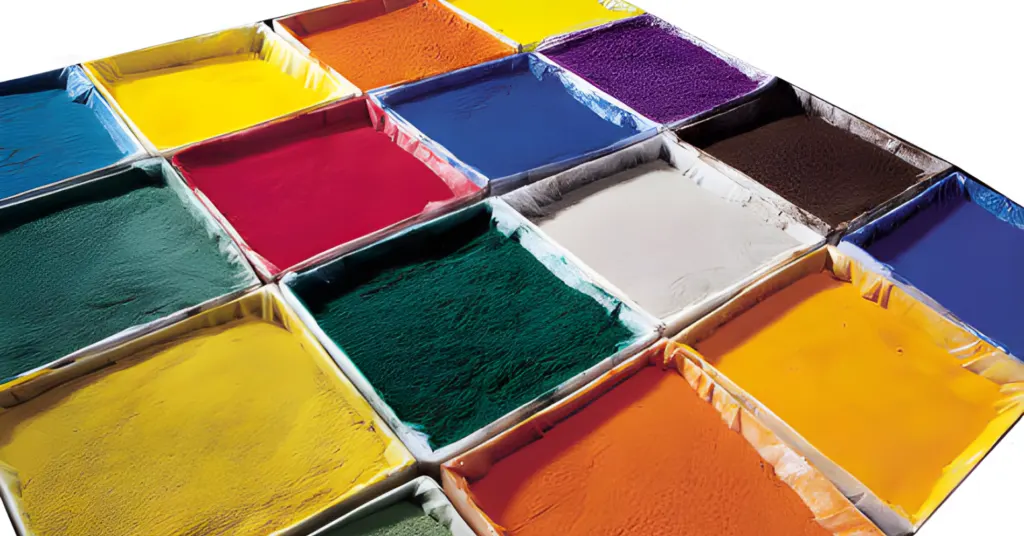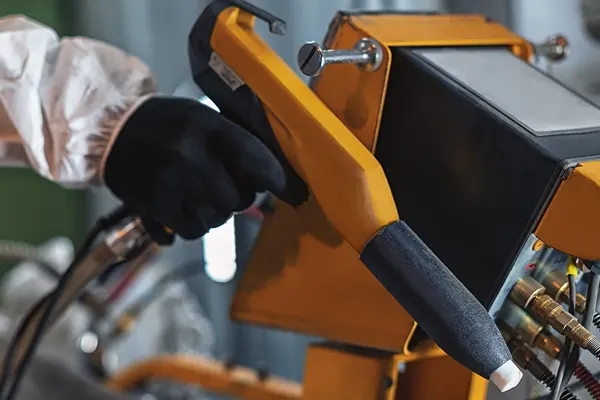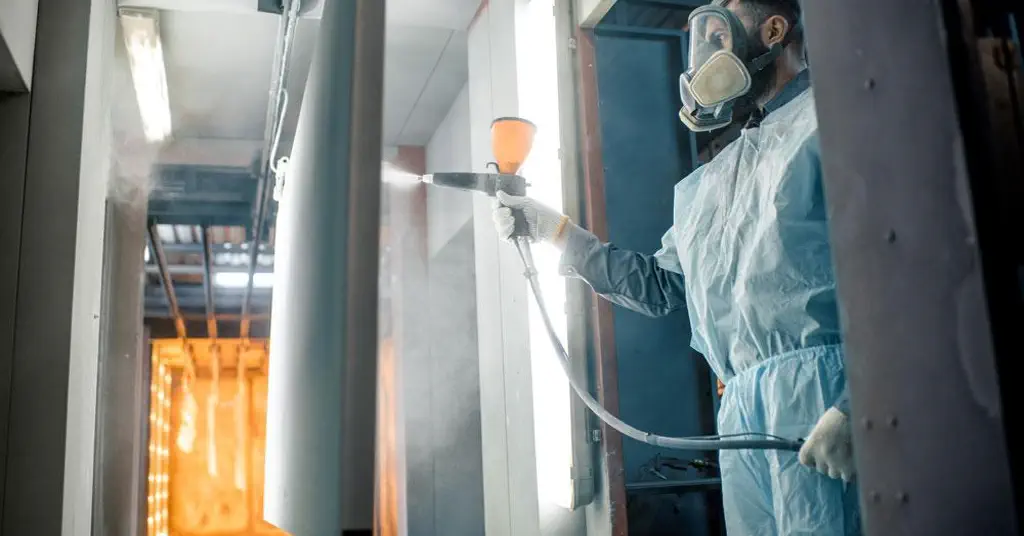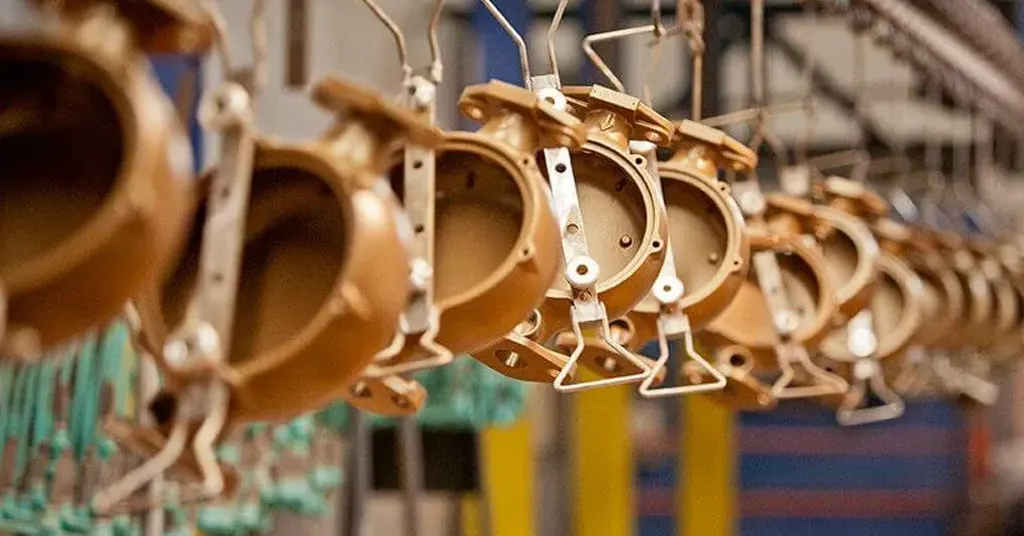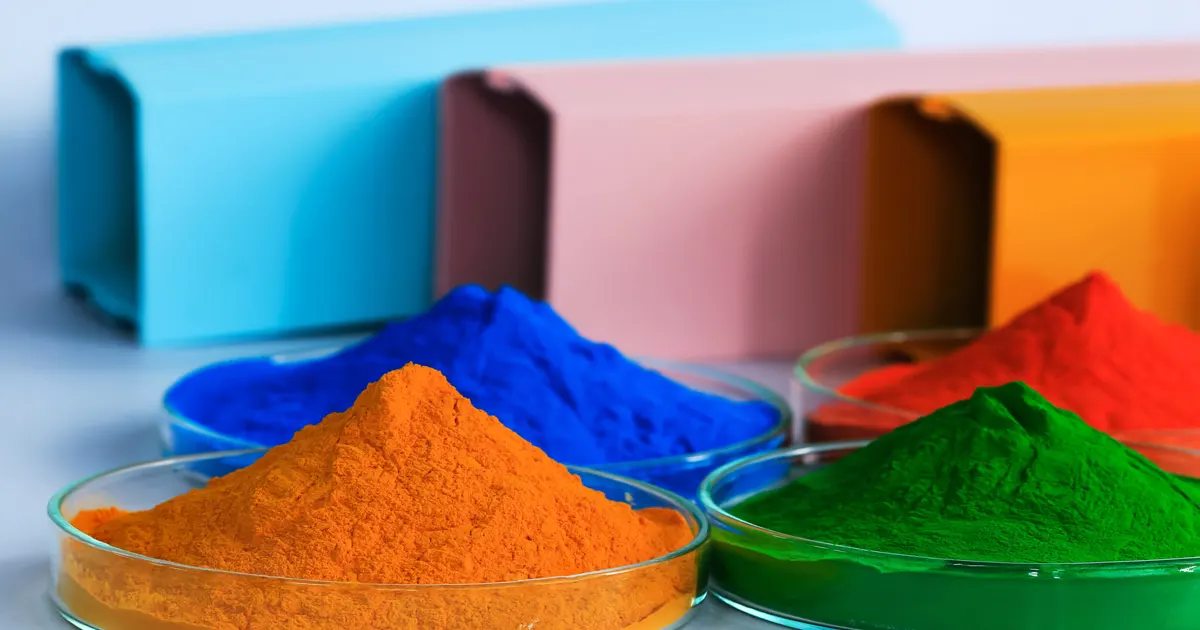Weather Resistance and Chemical Corrosion Resistance of Powder Coating in Marine Environments
Marine environments are harsh. Steel surfaces on ships, offshore platforms, and marine equipment face constant exposure to saltwater, humidity, UV radiation, and chemicals. These conditions can cause corrosion, fading, and coating failure, leading to safety risks and high maintenance costs.
Powder coating has emerged as a reliable solution. It offers excellent weather resistance and chemical corrosion resistance, protecting marine steel surfaces from environmental damage. This article explores the science behind powder coating, its benefits, and its applications in marine environments.
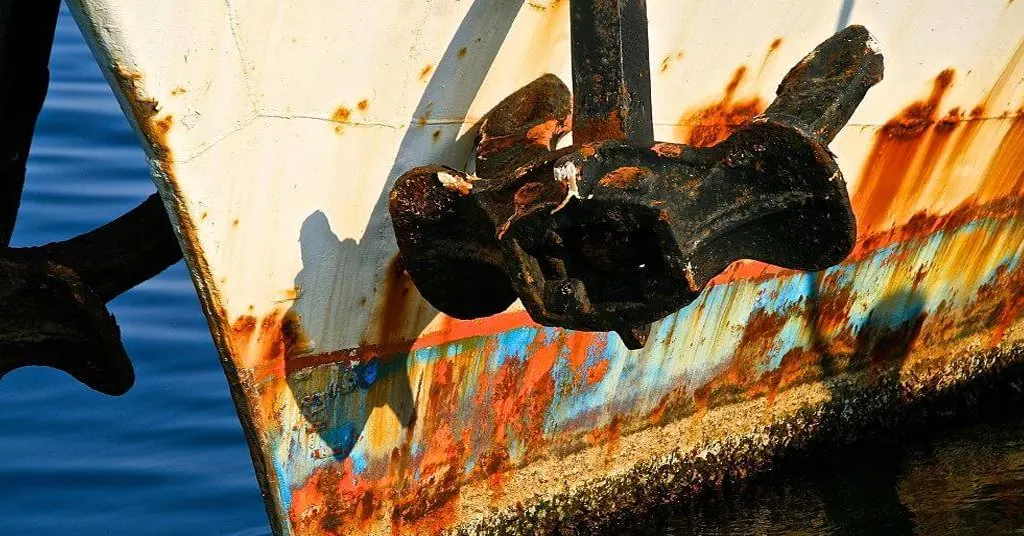
Why Marine Environments Are Challenging for Steel Surfaces
Marine steel surfaces face unique challenges that test the durability of coatings:
- Saltwater and Salt Spray: Saltwater accelerates corrosion by acting as an electrolyte. Salt spray can penetrate weak coatings, exposing steel to rust.
- High Humidity: Constant moisture promotes oxidation and rust formation.
- UV Radiation: Sunlight causes fading, chalking, and cracking in coatings.
- Chemical Exposure: Marine pollutants, fuels, and cleaning agents can degrade coatings.
- Temperature Fluctuations: Cycles of heating and cooling can weaken traditional coatings.
Without proper protection, marine steel surfaces can suffer structural damage, leading to costly repairs and downtime.
How Powder Coating Provides Weather Resistance
Weather resistance refers to a coating’s ability to withstand sunlight, humidity, and temperature changes. Powder coating excels in marine environments due to its robust properties.
1. UV Resistance
Powder coatings, especially polyester and polyurethane types, resist UV radiation. They maintain color and integrity under intense sunlight.
- Polyester Coatings: Ideal for above-water surfaces exposed to sunlight. They resist fading and chalking.
- Polyurethane Coatings: Offer additional UV resistance and gloss retention for high-visibility areas.
2. Humidity Resistance
Powder coatings create a thick, uniform barrier that prevents moisture penetration. They resist blistering and peeling in high-humidity conditions.
- Epoxy Coatings: Provide strong moisture resistance for underwater and humid environments.
- Epoxy-Polyester Hybrids: Balance humidity resistance with aesthetic appeal for ship interiors.
3. Thermal Stability
Marine steel surfaces face temperature fluctuations. Powder coatings remain stable under thermal stress, resisting cracking and peeling.
- Polyester Coatings: Withstand temperature cycles without losing integrity.
- Polyurethane Coatings: Offer flexibility to handle thermal expansion and contraction.
How Powder Coating Provides Chemical Corrosion Resistance
Chemical corrosion resistance refers to a coating’s ability to withstand damage from chemicals, including saltwater, fuels, and pollutants. Powder coating excels in marine environments due to its chemical-resistant properties.
1. Saltwater Resistance
Saltwater is a major cause of corrosion in marine environments. Powder coatings create a barrier that prevents salt from reaching the steel surface.
- Epoxy Coatings: Resist chemical attack from saltwater and salt spray. Ideal for ship hulls and underwater surfaces.
- Zinc-Rich Primers: Act as a sacrificial anode, protecting steel even if the coating is damaged.
2. Resistance to Marine Pollutants
Marine environments expose steel to pollutants like oil, diesel, and industrial chemicals. Powder coatings resist degradation from these substances.
- Epoxy Coatings: Provide strong chemical resistance for pipelines and storage tanks.
- Polyurethane Coatings: Offer additional resistance for equipment exposed to fuels and lubricants.
3. Resistance to Cleaning Agents
Ships and marine structures are cleaned with harsh chemicals. Powder coatings withstand exposure to alkaline cleaners and detergents.
- Epoxy Coatings: Resist chemical attack during cleaning processes.
- Polyurethane Coatings: Maintain integrity under repeated cleaning cycles.
Benefits of Powder Coating for Weather and Chemical Resistance
Powder coating offers several advantages for marine steel surfaces:
1. Long-Lasting Protection
Powder coatings provide years of weather and chemical resistance. They reduce maintenance costs and downtime for ships and marine structures.
2. Eco-Friendly Solution
Powder coatings emit minimal volatile organic compounds (VOCs). They comply with environmental regulations and reduce pollution in marine environments.
3. Cost-Effective
While powder coating has higher initial costs, its durability saves money in the long run. It reduces the need for frequent recoating or repairs.
4. Aesthetic Appeal
Powder coatings maintain color and gloss under UV exposure. They enhance the appearance of ships and marine structures while providing protection.
5. Compliance with Industry Standards
Marine-grade powder coatings meet strict standards, such as ISO 12944 and NORSOK M-501. This ensures reliable weather and chemical resistance.
Typical Applications of Powder Coating in Marine Environments
Powder coating is used in various marine applications to combat weather and chemical corrosion:
- Ship Hulls (Below Waterline): Epoxy or zinc-rich coatings protect against saltwater and chemical corrosion.
- Ship Decks and Walkways: Polyester or polyurethane coatings resist UV radiation and humidity.
- Railings and Handrails: Polyester coatings prevent rust from salt spray and weather exposure.
- Marine Equipment: Polyurethane coatings protect cranes, winches, and valves from chemicals and wear.
- Offshore Platforms: Zinc-rich primers and polyester topcoats withstand weather and chemical exposure on oil rigs and wind turbines.
- Marine Pipelines and Tanks: Epoxy coatings protect against saltwater, pollutants, and cleaning agents.
Consulting with a powder coating expert ensures you choose the right product for your needs.
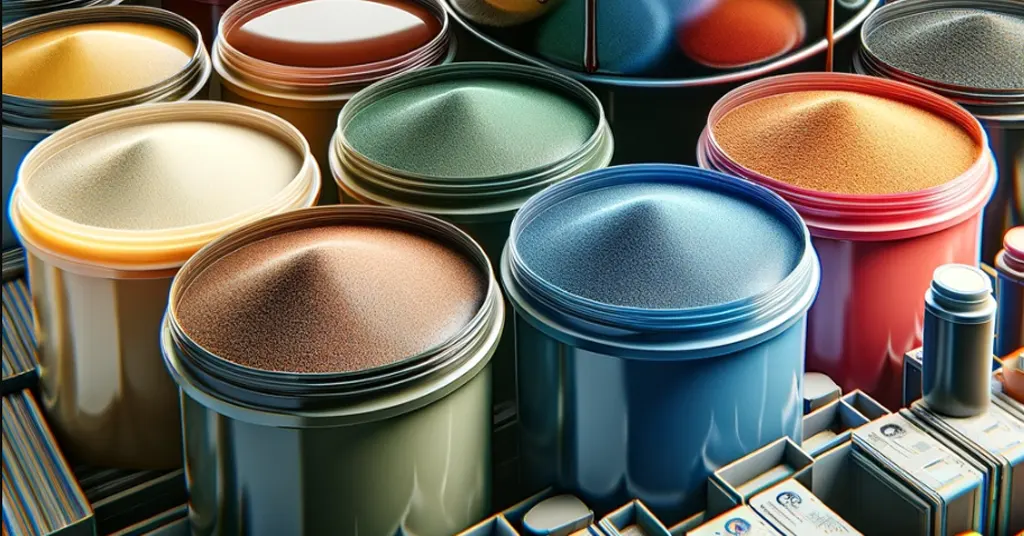
How to Apply Powder Coating for Maximum Weather and Chemical Resistance
1. Surface Preparation
- Clean the surface to remove grease, oil, and dirt.
- Sandblast to Sa 2.5 (ISO 8501-1) to remove rust and create a rough texture for adhesion.
- Inspect the surface for contaminants before proceeding.
2. Priming (Optional)
- Apply zinc-rich powder primers for galvanic protection against chemical corrosion.
- Cure the primer at 180–200°C for 10–15 minutes.
3. Powder Application
- Use an electrostatic spray gun for even coverage.
- Apply the powder coating (60–150 microns) to all areas, including edges and complex shapes.
- Check thickness using a dry film thickness (DFT) gauge.
4. Curing
- Cure the coated surface in an oven at 180–200°C for 10–20 minutes.
- Allow the surface to cool naturally after curing.
5. Quality Inspection
- Test adhesion using a cross-hatch test (ASTM D3359).
- Perform salt spray testing (ASTM B117) to verify chemical resistance.
- Inspect for defects like pinholes or uneven coverage.
Conclusion
Powder coating provides excellent weather resistance and chemical corrosion resistance for marine steel surfaces. Its UV resistance, humidity resistance, and chemical stability make it ideal for ships, offshore platforms, and marine equipment. By choosing the right coating and following proper application techniques, you can ensure long-lasting protection in harsh marine environments.

Erik
Doctor of Chemical Engineering, expert in the field of powder coatings, with over 20 years of professional experience in the research and application of powder coatings
Have Anything To Ask Us?
